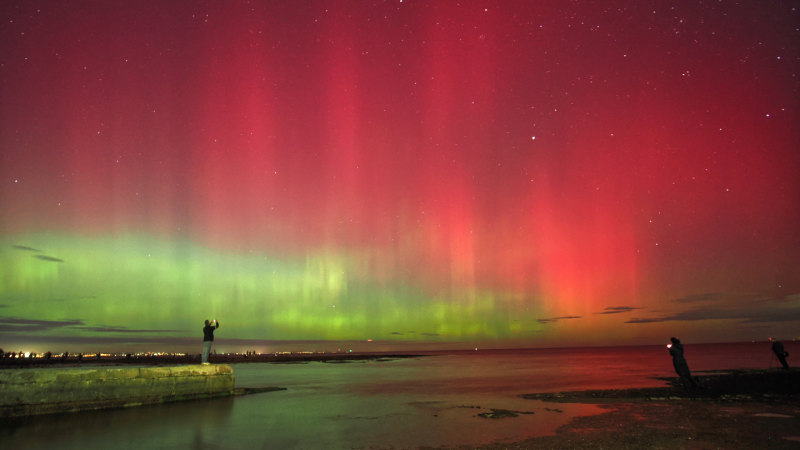The stunning aurora australis light display might have dimmed, but astronomy lovers have sky-high hopes for the next celestial event that promises to dazzle stargazers. Astronomers say while there is a chance of another aurora show next week, excitement is building for the arrival of a comet that may be visible to the naked eye later this year. A view of the aurora australis at Fingal on the Mornington Peninsula.
Credit: Getty Monash University astronomy associate professor Michael Brown said because the sun is almost at its solar maximum there might be some more glimpses of aurora lights, particularly in dark country skies away from other sources of light. “You might see something quite beautiful,” he said. Brown said the sun spots that created the recent aurora light show were rotating back into alignment, which meant there could be more aurora opportunities next week.

Brown said a moonless sky presented the best opportunities to catch another glimpse of aurora lights, but it would probably be less spectacular than the recent show . Astronomers are also hoping for a bright display when a comet, known as Tsuchinshan-ATLAS, arrives in our night sky in late September or early October. Brown said the comet was showing much promise early.
“It may be a brilliant comet ...
They can be amazing, but they have a reputation for not living up to early expectations.” The National Aeronautics and Space Administration (NASA) describes comets as large objects made of dust and ice t.
















